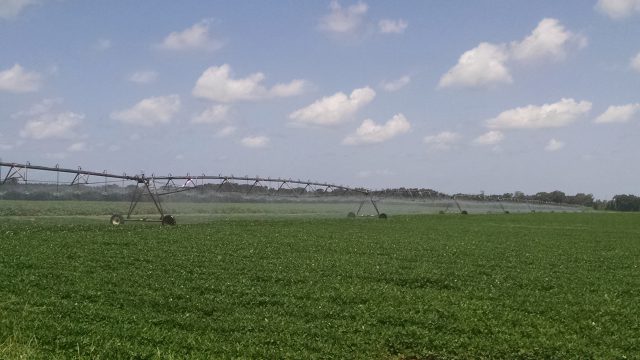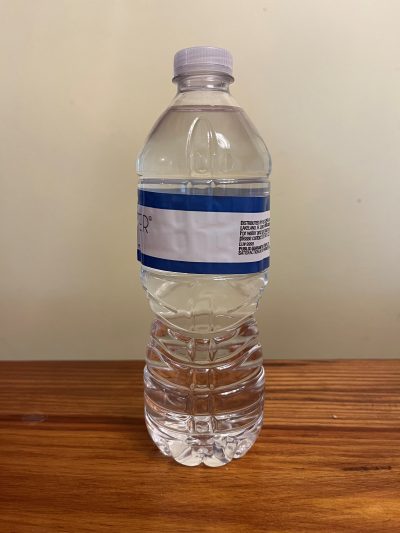
Irrigation water quality analysis is an important component of crop and equipment management. Photo credit: Ethan Carter, UF/IFAS
Knowing what is in your irrigation water is essential because water quality parameters like pH, carbonates, dissolved salts, metals, and suspended solids can affect plant health, soil conditions, pesticide effectiveness and irrigation system performance. Regular testing helps identify issues early so you can adjust management practices and protect both plants and equipment.
The University of Florida’s Analytical Services Laboratories (ANSERV) offers low-cost water testing for irrigation or household well water systems. These tests don’t determine if water is safe for human consumption, though. For drinking water safety, bacteria and other contaminants water sample should be analyzed through your local county health department or a commercial certified lab.
–
Water quality parameters tested through UF
For just $10 plus shipping, the lab analyses:
- pH — Influences the effectiveness of pesticides, metal pipeline corrosion and plugging, and crop response.
– - Calcium, magnesium, and total carbonates — Related to hardness and liming potential.
– - Iron and manganese — High levels can cause foliar staining and micro-irrigation plugging due to enhanced microbial growth or iron encrustations.
– - Sodium and chloride — Indicators of saltwater intrusion.
– - Electrical conductivity (EC) — Reflects the level of dissolved salts.
– - Suspended solids — Important for predicting clogging in irrigation systems.
–
How to Send Your Water for Testing at the UF Soils & Water Lab
The Sample Submission Form has instructions for taking and shipping the sample on the second page. Here are a few extra tips to make the process easier:
1. Preparing your sample: You don’t need any special containers for this test. The lab recommends simply using a brand new 16 oz. disposable plastic water bottle.

Collect your water sample in a brand new disposable 16 oz. plastic water bottle. Photo credit: A. Albertin, UF/IFAS
- Pour out the original water.
– - Rinse the bottle 3 times with the water you plan to sample. Make sure to let the water flow for at least 5 minutes before rinsing and taking your sample.
– - Fill the bottle completely with the sample. You don’t have to refrigerate it.
–
2. Packaging and shipping
- Place the filled bottle in a zip-lock bag to prevent leaks.
– - Pack it in a small box or padded envelope.
– - Send it to the lab via regular mail (the address is on the submission form). There is no need for overnight shipping. Do not ship the sample on ice.
– - If you’re worried about the cap loosening, you can put a little duct tape around the lid.
–
3. Filling out the paperwork
- The form asks you to list range, township and section. You do not have to fill out this information. The most important step is proper labeling.
– - Give each sample bottle a unique ID that helps you identify the sample.
– - Write the same ID on the form so the lab can match your samples to your paperwork. You can send multiple samples using the same form. Just make sure they have different IDs so you can identify them.
–
Results are typically returned by email within 7-10 business days to whoever fills out the form. A copy of your test results will also be sent to the agriculture agent at your local extension office.
If you have questions about sampling and shipping, you can call the ANSERV lab at: (352) 392-1950.
The lab has developed a helpful Test Interpretation Document to better understand the results. More information on how pH affects pesticide effectiveness is found in the EDIS publication Water and the Effectiveness of Pesticides.
You can also reach out to me at albertin@ufl.edu, if you have questions about testing or your results.
- Testing Your Irrigation Water: A Key Step for Managing Crops and Equipment - November 21, 2025
- What to Do if Sinkholes Open on Your Property - November 15, 2024
- Crop Farmers Implementing BMPs in the Chipola River Basin - May 24, 2024
